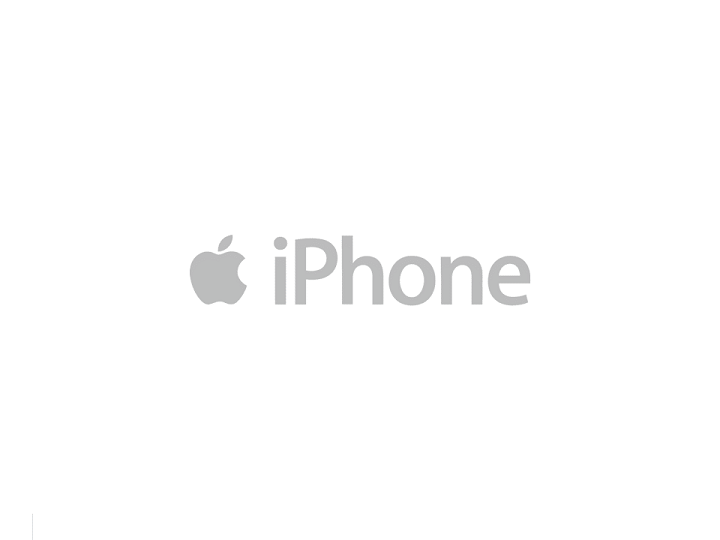Apple continues to dominate the smartphone market in terms of brand loyalty, even with a slight dip in customer retention. Recent data indicates that 89% of iPhone users chose to upgrade to a new Apple device, a decrease from its peak loyalty rate of 94% in 2021. Despite this small drop, Apple’s ability to retain users remains unmatched compared to other mobile phone manufacturers. In an industry where retention rates often fall beneath 70%, Apple still sets the benchmark.

Samsung’s customer loyalty has also seen growth, with a retention rate of around 77%. This increase may stem from reduced competition in the Android market, especially following LG’s 2021 exit from the U.S. smartphone market. With fewer alternative brands available, Samsung has positioned itself as a leading choice for Android users. While neither company provides detailed data to support these figures, the trends clearly highlight the fierce competition within the mobile phone landscape.
Key Takeaways
- Apple leads in brand loyalty with an 89% iPhone retention rate.
- Samsung benefits from a shrinking pool of Android competitors.
- Brand loyalty shows small shifts but lacks detailed supporting data.
Is It a Limit or Just Static?

Recent data reveals mixed patterns in smartphone brand loyalty, especially for Apple. While its loyalty rates dipped from 94% to 89% over three years, such shifts may not signal a ceiling for its growth. Some suggest this change could merely reflect statistical noise, considering Apple’s consistent dominance in consumer retention. Others argue that rising prices and fewer upgrade incentives play a significant role—Apple’s premium models like the iPhone 16 Pro now start at $999, prompting many users to hold onto older devices like the iPhone 7, iPhone 8, and even the iPhone X for longer.
Trends Observed Across Market Segments
- Emerging markets: Slower adoption of models like the iPhone 12 series due to affordability challenges.
- Premium segments: Buyers show steady interest but delay purchases due to economic priorities.
- Messaging flexibility: Apple’s introduction of RCS messaging in iOS 18 has slightly bridged gaps with Android users, possibly reducing reliance on the ecosystem lock-in.
Although these factors influence loyalty rates, Apple’s long-term hold across varying market segments suggests it isn’t losing its edge but adapting to evolving market trends.
Fewer Android Choices Give Samsung an Edge
Samsung has benefited from the shrinking pool of Android competitors. With brands like LG exiting the smartphone market and companies such as Google and Motorola holding smaller market shares, Samsung has gained ground by default. The Galaxy A series, aimed at budget-conscious buyers, offers solid hardware alongside enticing trade-in offers, helping Samsung attract Android users. Although Huawei’s presence has weakened due to global challenges, Samsung has earned its spot as a familiar and reliable brand. Whether this translates to genuine loyalty or convenience-driven choices remains a topic worth exploring further.
Future Directions for Apple

Apple’s position in the smartphone industry remains strong, supported by a loyal customer base with an impressive 89% retention rate. However, with the release of the iPhone 17 later this year, the company must navigate challenges such as regulatory shifts, a slower upgrade cycle, and tighter budgets for many consumers.
Key opportunities include focusing on battery life, personalized features, and design customization to meet evolving consumer preferences. Embracing sustainability and expanding iOS innovation could further strengthen Apple’s advantage in the competitive smartphone market.
Frequently Asked Questions

What drives Apple iPhone’s strong loyalty among users?
Apple’s success in maintaining customer loyalty can be attributed to its reputation for offering reliable and high-performing products. iPhone users often appreciate the seamless user experience, ease of use, and premium quality associated with the brand. Additionally, the company has built a strong emotional connection through consistent brand messaging and a focus on customer trust.
How does iPhone loyalty stack up against other smartphone brands?
Apple consistently leads the industry in user loyalty when compared to competing manufacturers. Reports indicate that nearly 90% of iPhone users stick with the brand when upgrading their devices, far outpacing competitors in the smartphone market.
What steps does Apple take to retain loyal customers?

Apple employs several strategies to retain consumer loyalty. These include regular software updates that improve older devices, personalized customer support, and ongoing commitments to innovation. The company also prioritizes customer privacy and positions itself as a trusted brand that delivers consistent value.
How do customer satisfaction levels influence loyalty to Apple products?
High satisfaction rates play a major role in keeping users loyal to Apple. Positive experiences with durability, device performance, and accessibility often encourage customers to remain within the Apple ecosystem. Low-maintenance products paired with reliable customer service further enhance satisfaction.
Is Apple’s ecosystem key to its brand loyalty in smartphones?

Apple’s tightly integrated ecosystem, including products like the Apple Watch, iPad, and Mac, strengthens consumer attachment to the iPhone. Features such as iCloud, iMessage, and device continuity encourage users to stick with Apple for a unified tech experience.
What role does technology advancement have in retaining iPhone users?
Innovation is central to Apple’s strategy for sustaining loyalty. Regular updates to hardware, software, and features keep users engaged with their devices. The introduction of new technologies, such as enhanced camera functions or performance boosts, keeps Apple at the forefront of customer interest.





































